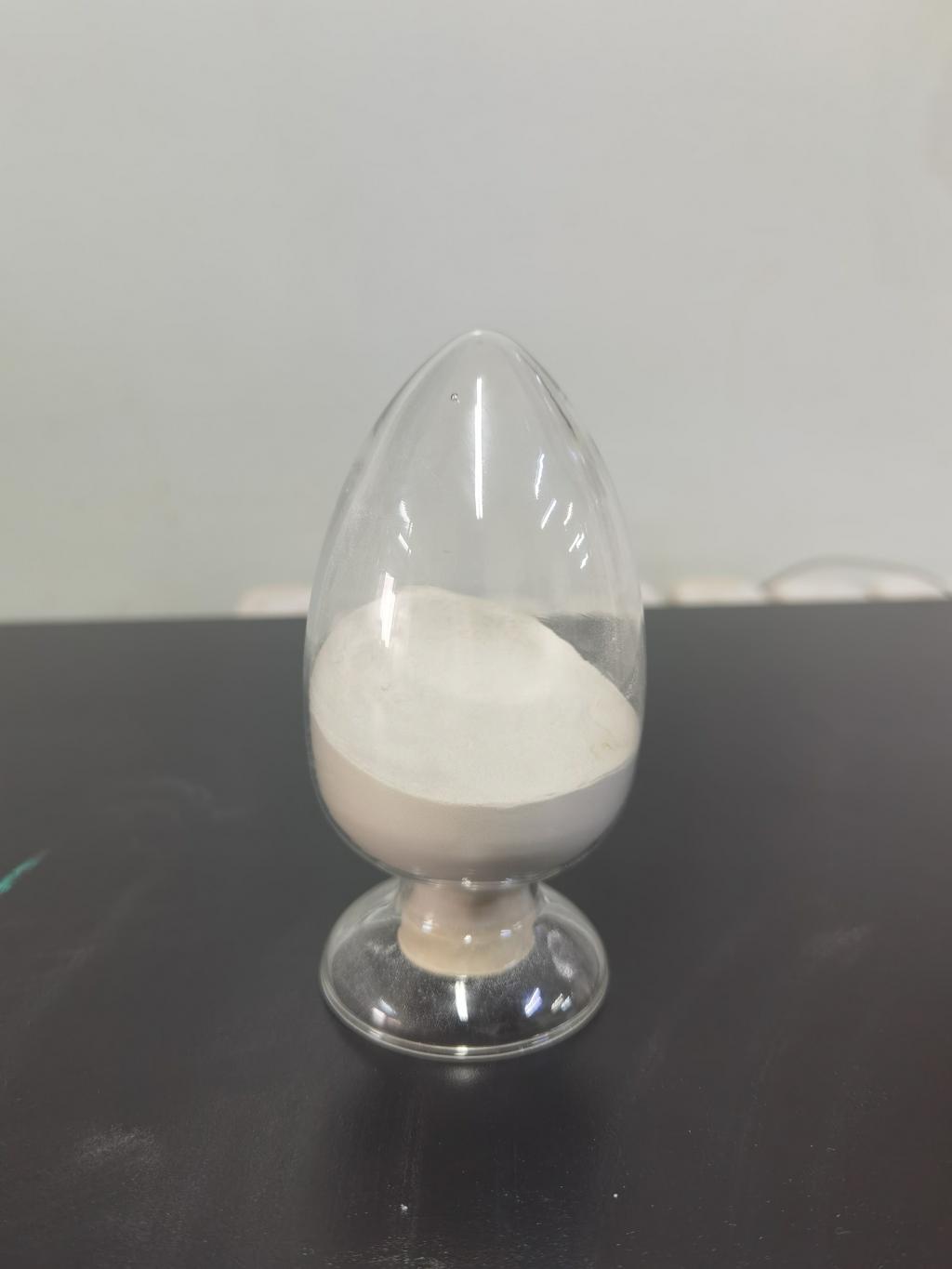Tel:+8618231198596

News
 CONTACT
CONTACT
 CONTACT
CONTACT
- Linkman:Linda Yao
- Tel: +8618231198596
- Email:linda.yao@dcpharma.cn
- Linkman:CHARLES.WANG
- Department:Overseas
- Tel: 0086 0311-85537378 0086 0311-85539701
News
Current Position:
Home >
News
>Nisin's Impact on Reducing Antibiotic Usage in Livestock and Agriculture
Nisin's Impact on Reducing Antibiotic Usage in Livestock and Agriculture
TIME:2024-01-24
I. Antibiotic Overuse in Agriculture
A. Historical Perspective
The use of antibiotics in agriculture dates back several decades when they were first introduced to promote animal growth and prevent diseases in crowded and stressful farming conditions. However, the widespread and indiscriminate use of antibiotics has led to the development of antibiotic-resistant bacteria, posing a serious threat to human and animal health.
B. Consequences of Antibiotic Resistance
The emergence of antibiotic-resistant bacteria in agriculture has serious consequences for public health. Resistant strains can enter the food chain, making it challenging to treat infections in both humans and animals. Moreover, antibiotic-resistant bacteria can transfer their resistance genes to other bacteria, further exacerbating the problem.
II. Nisin: A Natural Antimicrobial Peptide
A. Overview of Nisin
Nisin is a naturally occurring antimicrobial peptide produced by certain strains of Lactococcus lactis, a bacterium commonly found in dairy products. It has been used as a natural preservative in the food industry for decades due to its ability to inhibit the growth of a wide range of bacteria, including some antibiotic-resistant strains.
B. Mechanism of Action
Nisin's antimicrobial activity is attributed to its ability to disrupt bacterial cell membranes, leading to cell death. Unlike traditional antibiotics, nisin acts selectively on bacterial cells, making it less likely to contribute to the development of resistance. This targeted approach is a key factor in its potential as an alternative to conventional antibiotics in agriculture.
III. Nisin in Livestock Farming
A. Nisin as a Growth Promoter
Studies have shown that nisin can act as a growth promoter in livestock, similar to traditional antibiotics. However, unlike antibiotics, nisin's mode of action does not involve subtherapeutic doses, reducing the likelihood of promoting antibiotic resistance. Researchers are exploring the potential of nisin to enhance animal growth without the negative consequences associated with antibiotic use.
B. Disease Prevention in Livestock
Nisin has demonstrated efficacy in preventing and controlling bacterial infections in livestock. Its broad-spectrum antimicrobial activity makes it a promising candidate for use in preventing diseases that traditionally require antibiotic treatment. This could lead to a significant reduction in the need for antibiotics in routine livestock farming practices.
IV. Nisin in Crop Protection
A. Nisin in Plant Pathogen Control
While most research on nisin has focused on its application in animal farming, there is growing interest in its potential use in crop protection. Nisin has shown effectiveness against certain plant pathogens, offering a natural and environmentally friendly alternative to chemical pesticides. This could lead to a reduction in the use of antibiotics in agricultural settings overall.
B. Sustainable Agriculture Practices
The adoption of nisin in agriculture aligns with the growing trend towards sustainable farming practices. As consumers become more conscious of the environmental impact of food production, the use of natural alternatives like nisin could contribute to a more sustainable and ecologically friendly approach to agriculture.
V. Challenges and Considerations
A. Regulatory Approval
Despite the promising potential of nisin in reducing antibiotic usage in agriculture, regulatory approval is a critical hurdle. Ensuring that nisin is deemed safe for both animals and humans is essential before widespread adoption in farming practices can occur. Collaboration between researchers, regulatory agencies, and industry stakeholders is crucial to navigate this process.
B. Cost and Accessibility
The cost of producing and incorporating nisin into existing agricultural practices is another consideration. While the long-term benefits of reducing antibiotic usage may outweigh the initial costs, farmers and stakeholders need to assess the economic feasibility of adopting nisin as an alternative.
VI. Conclusion
Nisin presents a promising avenue for reducing antibiotic usage in livestock and agriculture. Its natural origin, targeted mode of action, and potential for use in both animal farming and crop protection make it an attractive alternative to traditional antibiotics. However, overcoming regulatory, economic, and accessibility challenges is essential for realizing the full potential of nisin in promoting sustainable and responsible agriculture practices. As researchers continue to explore and refine the application of nisin in agriculture, its impact on reducing antibiotic usage could play a crucial role in addressing the global challenge of antibiotic resistance.
- Tel:+8618231198596
- Whatsapp:18231198596
- Chat With Skype







